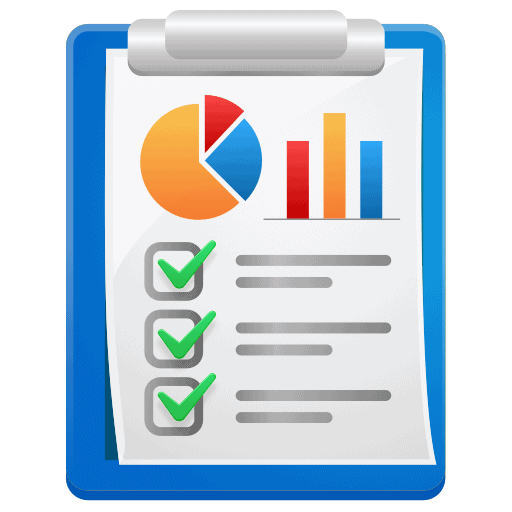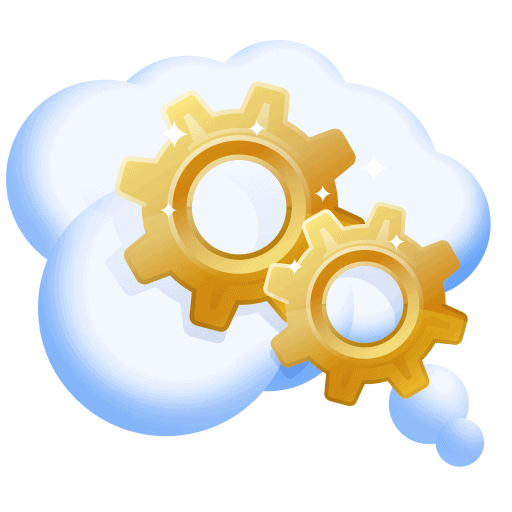Written by Sarah Hanna, Atlas Team
The New Jersey Department of Education updated their Comprehensive Health & Physical Education standards in 2020, with implementation requirements coming in the fall of the 2022-2023 school year. Understanding the key changes has many benefits for teachers and administrators. Let us take a closer look at these standards (NJSLS-CHPE 2020), the notable changes and classroom impacts.
Key Focus
NJSLS-CHPE 2020 has a focus on “strong and sustained health and wellness” to manage the ongoing physical, mental and social challenges of 21st Century life. The Mission & Vision sections provide a valuable description of what NJ Health & Physical Education aspire to foster and provide for student learners. Students will be taught knowledge and skills in caring for themselves, interacting effectively with others and analyzing choices and consequences that can lead to a positive impact on families, schools and the community (NJSLS-CHPE 2020).
Unlike the 2014 version with 6 overarching standards, the 2020 version is composed of three overarching standards*:
- 2.1 Personal & Mental Health
- 2.2 Physical Wellness
- 2.3 Safety
*It’s important to note that while the term “standard” is being used above, teachers may find it helpful to consider them as “strands.”
Structure
In addition to the Mission & Vision sections, four key pieces encompass the structure of the new standards:

Performance Expectations - Statements that address what students should know and be able to do.

Core ideas - Statements listed at the beginning of the document and also paired with the Performance Expectations. They address “prioritizing the important ideas and core processes” (NJSLS-CHPE 2020). They also prompt teachers to consider what students should know at the end of the unit and what concepts have “value beyond the classroom.”

Disciplinary Concepts (DC) - Categories of content that make connections among the Performance Expectations, see the list below.


Practices- Habits of Mind or “Apex of Learning” (NJSLS-CHPE 2020); ten broad categories of Health & PE skills that should be developed over the course of K-12th grade.
 Other Notable Changes:
Other Notable Changes:
New Grade bands! The previous grade bands were Preschool, End of Grade 2, End of Grade 4, End of Grade 6, and End of Grade 12.
Now preschool has been absorbed into the end of grade 2, followed by the end of grade 5, end of grade 8, and end of grade 12. (See diagram below for further explanation.) It is up to the discretion of the local districts to determine what standards in a grade band will be taught within a specific grade. There are many options and we encourage teachers to be active in the conversation to determine the best approach based on the district’s needs.

In Atlas, districts can choose to designate which standards are taught at what grade levels through standards identification. Reach out and we can work to share some examples.
Shifts in Content!
- 2014 2.1 Wellness Strand: Personal growth, Nutrition, Disease and Health Conditions, and Social & Emotional Health are all now Disciplinary Concepts with adjacent Performance Expectations.
- 2014 Integrated Skills Strand: the communication, goal-setting and some of the advocacy-related Performance Expectations have been moved to the new NJSLS-CHPE practices.
- Safety had been included within the 2014 2.1 Wellness strand, and now has its own strand titled: 2.3 Safety.
- 2014 2.3 Drugs & Medicine Strand can now be found within 2.3 Safety.
- 2014 2.4 Human Relationships & Sexuality are now part of the 2.1 Personal & Mental Health Strand.
- 2014 2.5 Motor Skill Development and 2.6 Fitness can be found in 2.2 Physical Wellness
Climate Change in the Health & Physical Education Classroom
Within the Health & Physical Education standards, the focus is on the impact of climate change and human health. Since Health & Physical Education addresses ways to achieve and maintain a healthy lifestyle, students will explore issues related to rising greenhouse gasses, extreme weather events, air quality, diseases spread through water, and changes in food supply. (NJSLS-CHPE 2020)
One of the resources New Jersey DOE created to assist teachers in addressing the topic of climate change in the curriculum is through their new climate change website, full of educational tools and individual lesson plans. Climate change will be addressed across all seven subject areas, with a goal of having an interdisciplinary approach to teaching the concepts. To best support educators as they develop curriculum, the climate change site breaks the standards down by grade bands and then by content area.


*Sample of Core Ideas & Performance Indicators for Grades 6-8 and 9-12 related to Climate Change.
As teachers review and revise their units in Atlas, now is a great opportunity to take a closer look at the Health & Physical Education standards related to climate change and look for ways to integrate these important topics and challenge students to explore critical questions.
Two New Mandates:
The NJSLS-Health & Physical Education now have two new statewide mandates which are: Contribution and History of Individuals with Disabilities and LGBTQ; and the Diversity & Inclusion. Both mandates are found in the standards for middle school and high school. In Health & Physical Education some of the related updates can be found within the Disciplinary Concept Social & Sexual Health emphasizing the value of inclusivity and respect for all people. The State has shared that they plan to release resources to support the process, as the changes will take thought and planning. Here are a few of the Performance Expectations.



We hope this review of the NJSLS Health & Physical Education changes will provide useful insight as you revise and review your curriculum in 2022. New Jersey’s updates to their standards have been thoughtfully and carefully considered, and they stretch students, teachers and administrators to consider ways to actively engage with our changing world. With change comes challenges, but teachers are supported and hopefully feel empowered by the nuance, depth and flexibility within these latest updates.
Explore our NJ PD offerings and let us know how we can support you with implementing the 2020 NJSLS!
The Author
 An ardent believer in the value of lifelong learning, growth, and knowledge share, Sarah has collaborated with Atlas schools for over ten years, providing support and expertise on their standards alignment and analysis process, advising on best practices, and supporting schools through workshops, writing, and education research. Sarah enjoys speaking with teachers and administrators directly, to build understanding about their schools curriculum process and learning target needs.
An ardent believer in the value of lifelong learning, growth, and knowledge share, Sarah has collaborated with Atlas schools for over ten years, providing support and expertise on their standards alignment and analysis process, advising on best practices, and supporting schools through workshops, writing, and education research. Sarah enjoys speaking with teachers and administrators directly, to build understanding about their schools curriculum process and learning target needs.
She also conducts copyright research and works with national and international education organizations to gain permission for, and understanding about, the sets of standards third party organizations such as NCCAS, WIDA, C3, and State Departments of Education can provide to best support schools who are mapping with Atlas. Sarah earned her Bachelor’s degree in Speech Communication and her Master’s in Interdisciplinary Studies (MAIS), both from Oregon State University. Her MAIS focused within the Speech Communication and MBA programs.
She has eight years of experience teaching Communication courses in higher education. Sarah has also taught persuasion and public speaking to grade school students, and has been an Art Literacy teacher in her local elementary school the last seven years. A fan of the oral and written traditions of story telling, Sarah believes there is great value in continually building and honing one’s listening and speaking skills.

